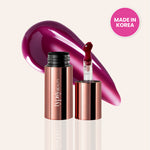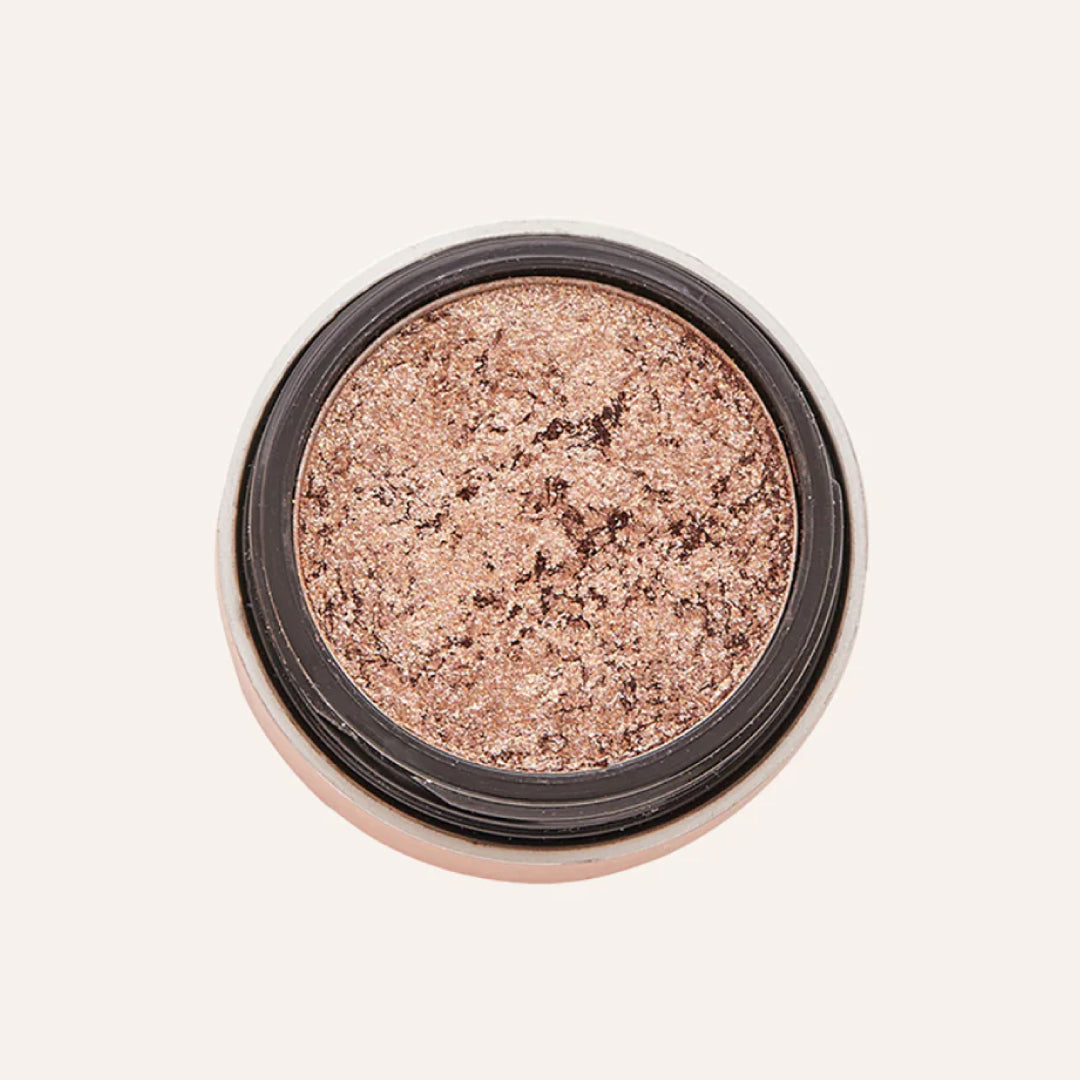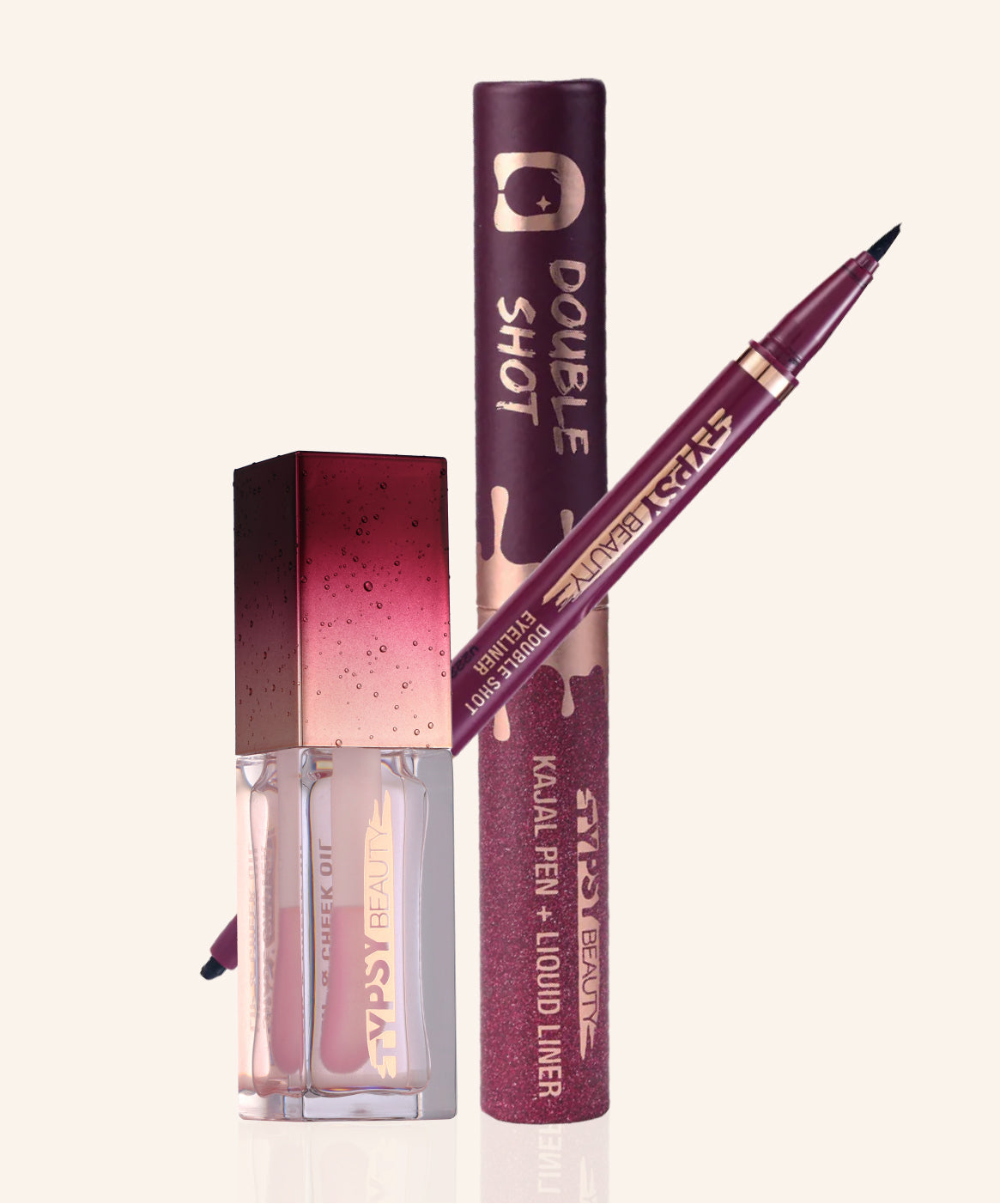- Flat 450 Off above 1799 | Flat 250 Off above 1399
- Flat 450 Off above 1799 | Flat 250 Off above 1399
- Flat 450 Off above 1799 | Flat 250 Off above 1399
- Flat 450 Off above 1799 | Flat 250 Off above 1399
- Flat 450 Off above 1799 | Flat 250 Off above 1399
- Flat 450 Off above 1799 | Flat 250 Off above 1399
- Flat 450 Off above 1799 | Flat 250 Off above 1399
- Flat 450 Off above 1799 | Flat 250 Off above 1399
- Flat 450 Off above 1799 | Flat 250 Off above 1399
- Flat 450 Off above 1799 | Flat 250 Off above 1399
- Flat 450 Off above 1799 | Flat 250 Off above 1399
- Flat 450 Off above 1799 | Flat 250 Off above 1399
The Art of Choosing the Perfect Contour Shade
Maya Deiss
Whether you're a beginner or a seasoned pro, finding the right shade can be a daunting task. But fear not! We've got you covered with expert tips and tricks that will make the process a breeze.
What is contouring and why is it important?
Contouring is a technique used in makeup to enhance the natural structure of the face, creating shadows and highlights that help to define and shape your features. By strategically applying darker shades to certain areas and lighter shades to others, you can create the illusion of a more sculpted and defined face.
Contouring is important because it allows you to customize your makeup look, highlighting your best features and minimizing areas you may want to downplay.
Choosing the right contour shade for your skin tone
When it comes to choosing the perfect contour shade, understanding your skin tone is crucial. The contour shade should be a few shades darker than your natural skin tone, but not too dark that it looks unnatural. There are a few factors to consider when determining your skin tone:
Undertones: There are three main undertones: cool, warm, and neutral. Cool undertones have a pink or bluish hue, warm undertones have a yellow or golden hue, and neutral undertones have a mix of both. Identify your undertone to find a contour shade that complements it.
Skin type: For oily skin, powder contour products are ideal as they help absorb excess oil. Cream or liquid contour products work well for dry skin as they blend seamlessly into the skin. Combination skin can benefit from both powder and cream contour products, depending on the desired finish.
Color matching: Avoid shades that are too warm or too cool for your complexion, as this can create an unnatural or muddy appearance. Opt for a shade that seamlessly blends into your skin for a natural-looking result.
Different types of contour products and their application techniques
Contour products come in various formulations, each offering a different finish and level of intensity. Here are some popular types of contour products and their application techniques:
- Powder contours are versatile and easy to use, making them a great option for beginners. They are available in matte and shimmer finishes, allowing you to choose the level of glow you desire. To apply, use a fluffy brush to gently sweep the powder along the hollows of your cheeks, temples, and jawline, blending it out for a seamless finish.
- Cream contours offer a more natural and dewy finish, perfect for achieving a fresh-faced look. They are best applied with a damp beauty sponge or fingers, as the warmth helps to melt the product into the skin. Apply the cream contour to the desired areas and blend it out using gentle tapping motions for a flawless result.
- Stick contours are convenient and travel-friendly, making them a popular choice among makeup enthusiasts. The stick format allows for precise application, making it easier to target specific areas. Simply draw the contour lines directly onto your face and blend them out using a brush or sponge for a seamless finish.
Contouring for different face shapes
Contouring is not a one-size-fits-all technique. Different face shapes require different contouring strategies to achieve the desired effect. Here are some contouring tips for various face shapes:
Round face: To create the illusion of more defined cheekbones, apply the contour shade just below the cheekbones and blend it upwards towards the temples. Avoid applying the contour shade to the apples of the cheeks, as this can make the face appear rounder.
Square face: Soften the angles of a square face by applying the contour shade to the outer edges of the forehead, along the jawline, and under the cheekbones. Blend the contour shade well to create a more oval-shaped face.
Heart-shaped face: To balance a heart-shaped face, apply the contour shade to the temples and under the cheekbones, blending it towards the jawline. This will help to soften the forehead and create a more well-proportioned look.
Oval face: Lucky you! Oval faces are already well-balanced, but contouring can still enhance your features. Apply the contour shade just below the cheekbones and blend it towards the hairline for added definition.
Long face: To create the illusion of a shorter face, apply the contour shade to the temples and under the cheekbones, blending it towards the corners of the mouth. This will help to visually widen the face and create a more balanced look.
Contouring tools and brushes for precise application
Having the right tools and brushes is essential for achieving a precise and flawless contour. Here are some contouring tools and brushes you can consider:
- An angled contour brush is perfect for applying and blending contour products. The angled shape allows for precise application along the hollows of the cheeks, temples, and jawline.
- A damp beauty sponge is great for blending cream contour products seamlessly into the skin. Use gentle tapping motions to blend the product for a natural finish.
- A fan brush is ideal for applying powder contour products with a light hand. The wide shape of the brush allows for a diffused and soft application.
- A small precision brush is useful for targeting specific areas, such as the sides of the nose or the hollows of the cheeks. The small size allows for precise application and blending.
Common contouring mistakes to avoid and troubleshooting tips
Contouring can be tricky, especially if you're new to the technique. Here are some common mistakes to avoid and troubleshooting tips:
Over-applying: Applying too much contour can make your makeup look heavy and unnatural. Start with a light hand and gradually build up the intensity until you achieve your desired effect.
Harsh lines: Blending is key when it comes to contouring. Harsh lines can make your makeup look unblended and obvious. Take the time to blend out the contour shade for a seamless finish.
Wrong shade: Choosing the wrong contour shade can result in a muddy or unnatural appearance. Always swatch the shade before purchasing and opt for a color that matches your skin tone.
Not blending with foundation: To achieve a seamless and natural-looking contour, make sure to blend the contour shade with your foundation. This will help to create a cohesive look and avoid any harsh lines.
Not setting the contour: Setting your contour with a powder can help to prevent it from smudging or fading throughout the day. Use a matte powder that matches your contour shade and lightly dust it over the contoured areas.
In conclusion, choosing the perfect contour shade can seem overwhelming, but with the right knowledge and techniques, it can be a fun and empowering process. By understanding your skin tone, face shape, and the different types of contour products available, you can achieve a flawless and sculpted look that enhances your natural beauty. Remember to start with a light hand, blend well, and practice to perfect your contouring skills. With these expert tips and tricks, you'll be contouring like a pro in no time!














